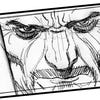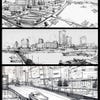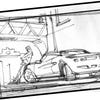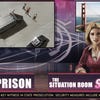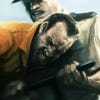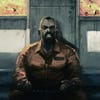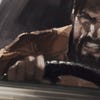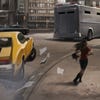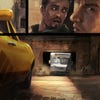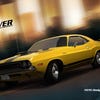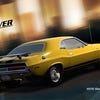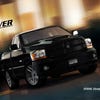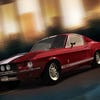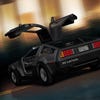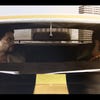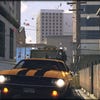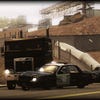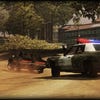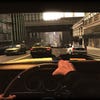Behind the Wheel of Driver: San Francisco
How Reflections is steering the series back on course.
Driver: San Francisco is a game that has its chief character in a coma for much of its duration, his consciousness flitting across The City by the Bay as he shifts from car to car. If it's a little disingenuous to draw a parallel and suggest that Driver has been a series on life support these past few years, it's definitely been drifting out in the ether for some time; by the time Driver: San Francisco is released, it'll be nearly five years since the brand was last seen on a home console.
That's a long time for a series that was once at the cutting edge of driving games, a place that its developer Reflections sees as its rightful home. The Newcastle studio's PlayStation launch title Destruction Derby was a brilliant Ballardian funfair ride, and with Driver's release in 1998 it introduced a then-novel cinematic sensibility to its cars and open world.
A couple of years later Reflections could proudly boast that it beat Rockstar to the punch in delivering an open-world 3D game in which you could leave your car and walk around the city, being the first to offer the kind of digital tourism that became so prevalent in the decade that followed. But famously, the empire would soon all come tumbling down.
2004's Driver 3 is a game remembered for all the wrong reasons. Prematurely hurried out by an Infogrames and Atari starved of cash and hungry for a quick hit, the game was famously buggy, incomplete and all too often a horror to play.
A recent retrospective catalogued its flaws, of which there were many, but the response in the comments was surprising; yes, Driver 3 was broken, but people were quick to jump to its defence, countering each tale of a game-breaking bug with a fond memory of time spent freewheeling in the game's overstated muscle cars.
"It was certainly a flawed game," admits Martin Edmonson, the man who founded Reflections in 1984, who helped birth the series and who is behind this recent revival, "my personal take on it was I was happy with a lot of it and unhappy with some of it."
"I was very happy with the car dynamics, the crashes and the visuals, the city, the lighting and the artistic side of it. I still maintain my personal view that that was all good. But the out-of-car sections we just didn't finish."
By the time of Driver 3's release, Grand Theft Auto's star had truly risen, and comparisons between the two - especially in regard to those incomplete on-foot sections - saw Reflections' game come off dismally. It's been a slow resurgence ever since.
Driver: Parallel Lines came out just over a year later, a quick-fix job that looked to atone for many of Driver 3's sins. It was a better game, for sure, and one that thankfully wasn't broken, but in the rush to get something to shelves some of the series' soul had been lost.
"The problem was they spoiled the car stuff," says Edmonson. "But to be fair to the team, they were given less than a year to create that game. I could feel all that pressure on the team, on Reflections, to deliver in that time. It's not a good situation to be in, to deliver games under that pressure."
A change of publisher, with Ubisoft coming back on board, saw a change of circumstances; the next Driver would be produced in a more amenable atmosphere, and Ubisoft was happy to give Reflections the time it needed to make the game it wanted.





